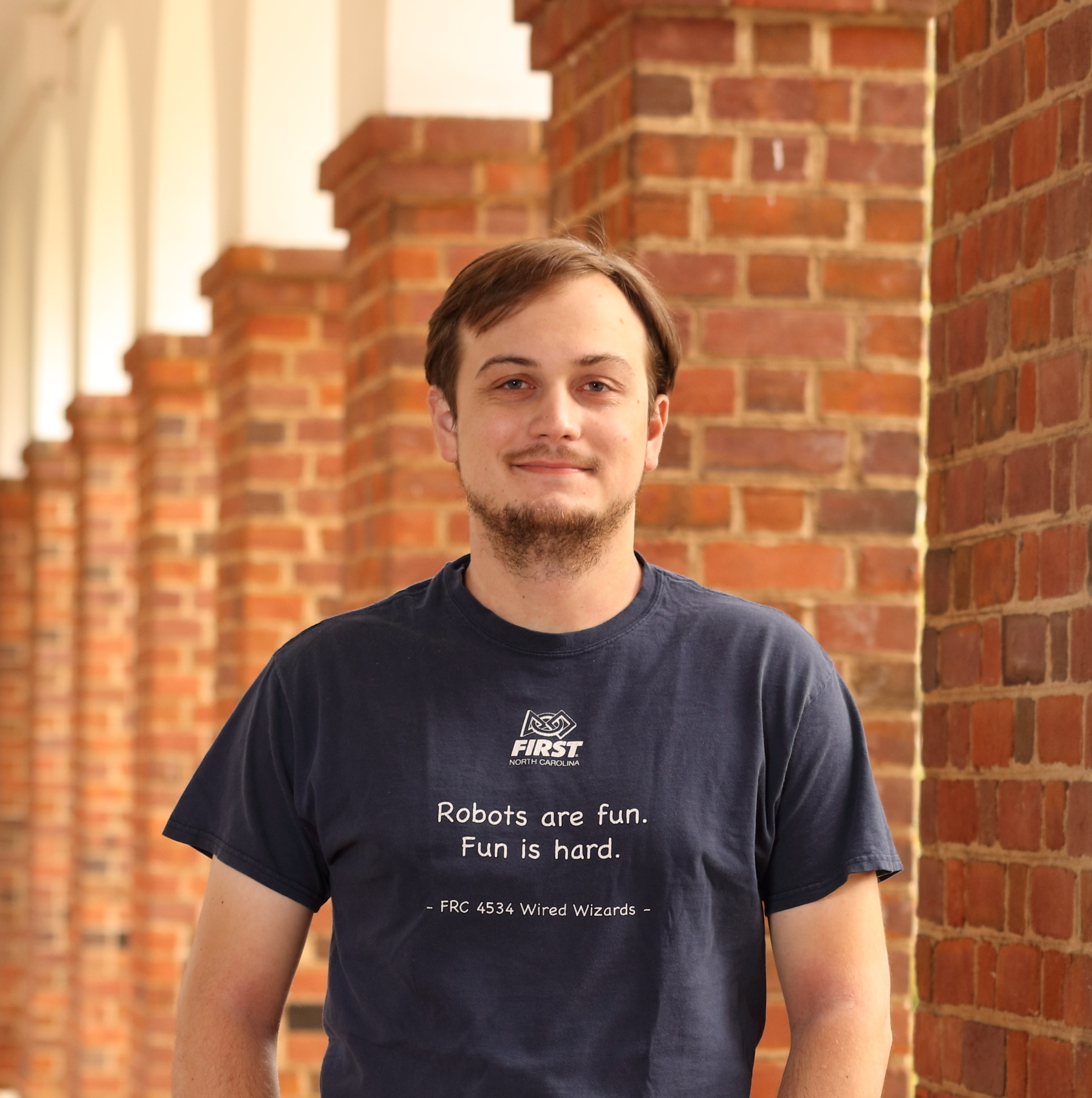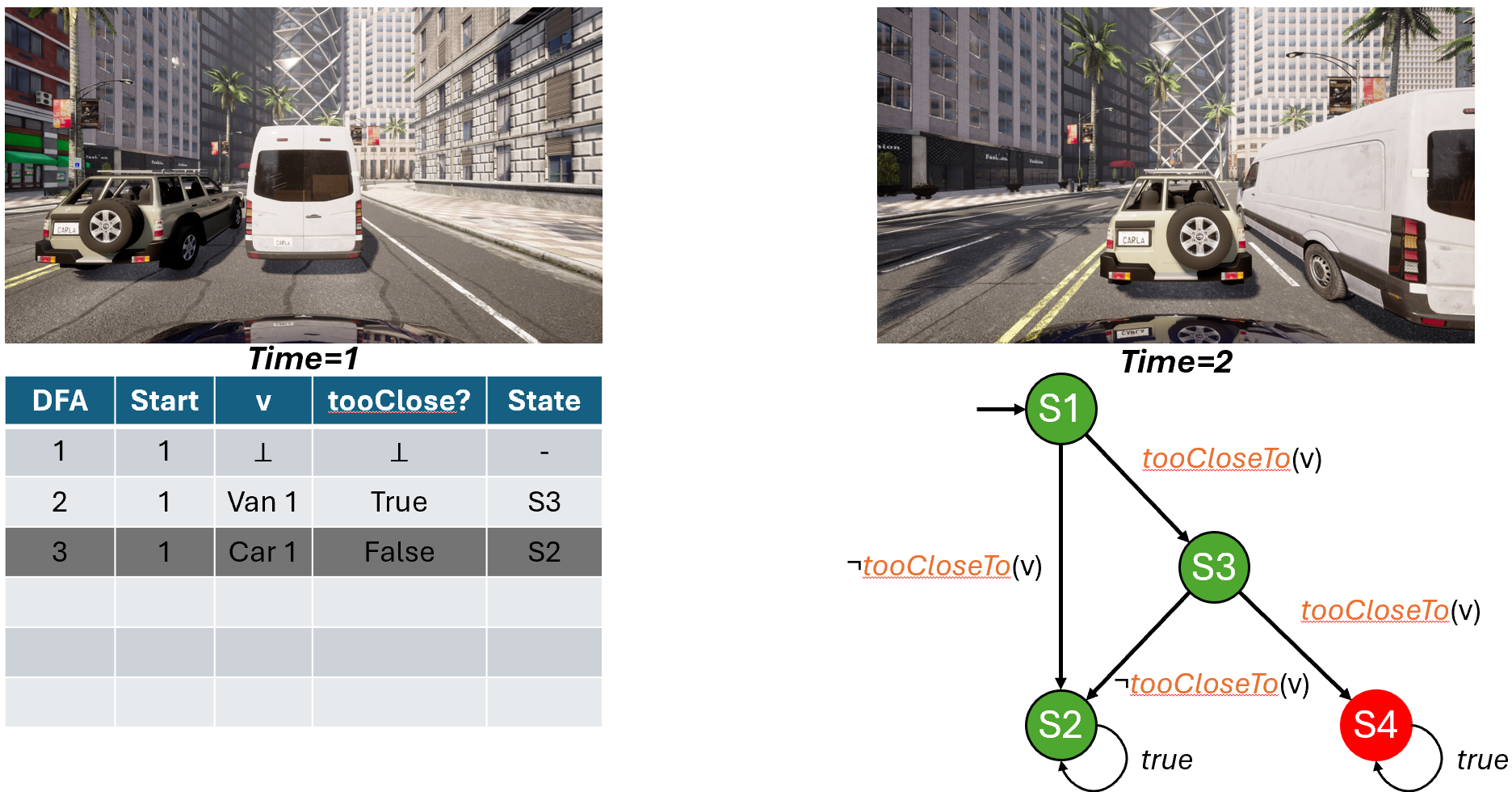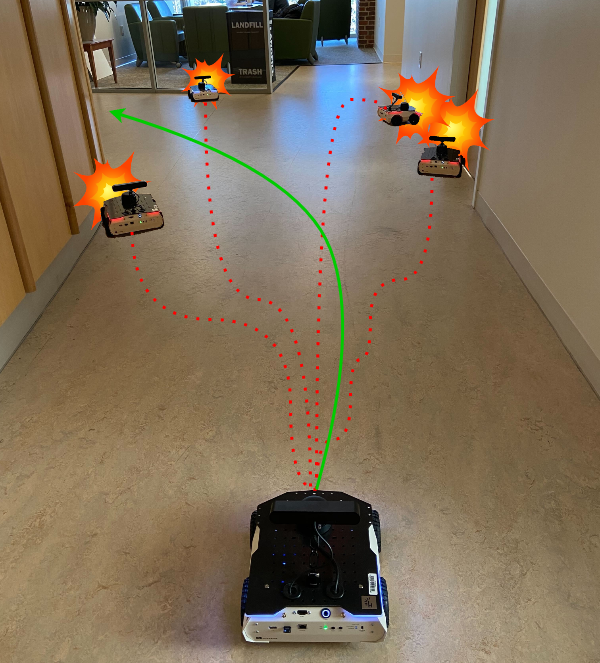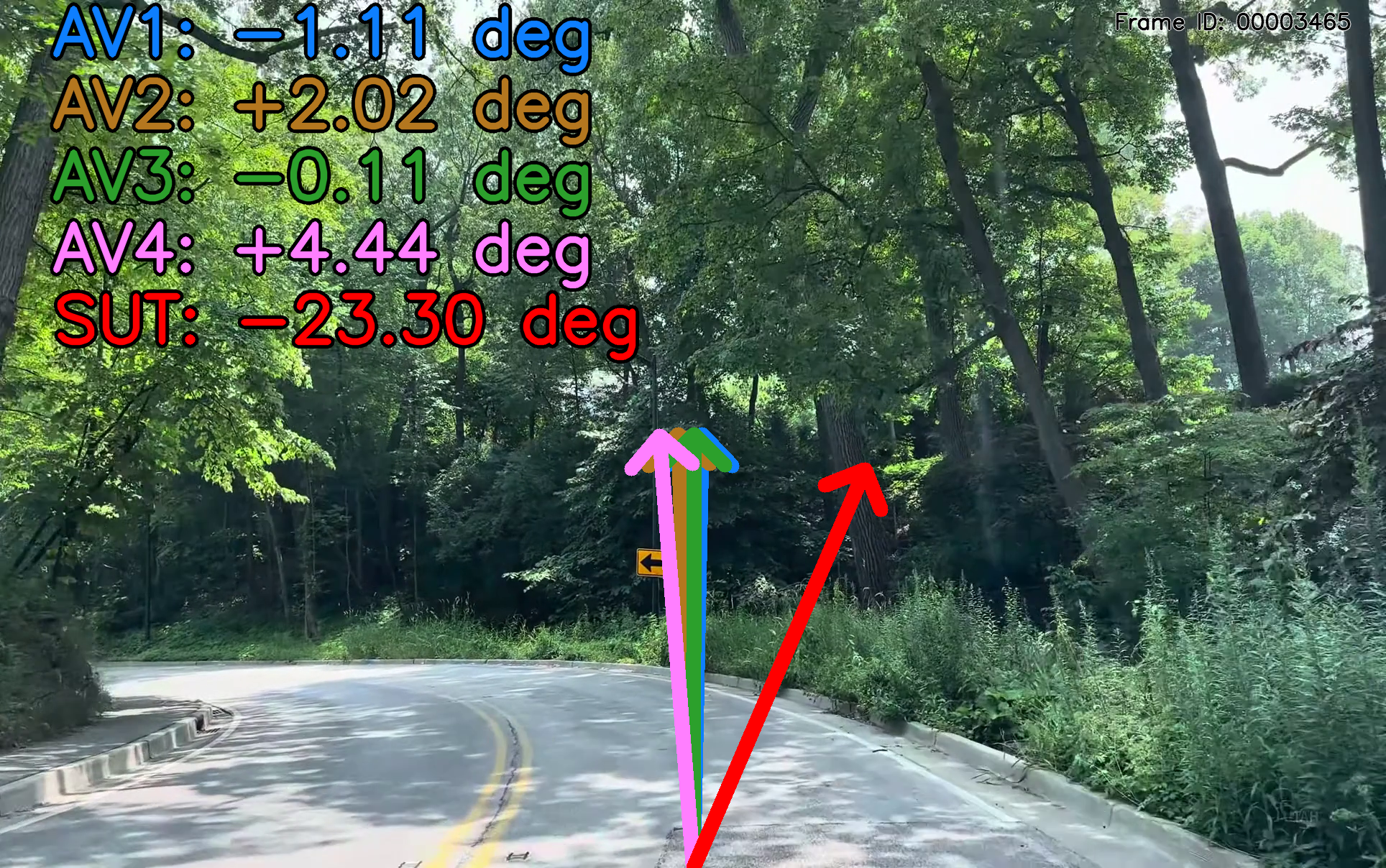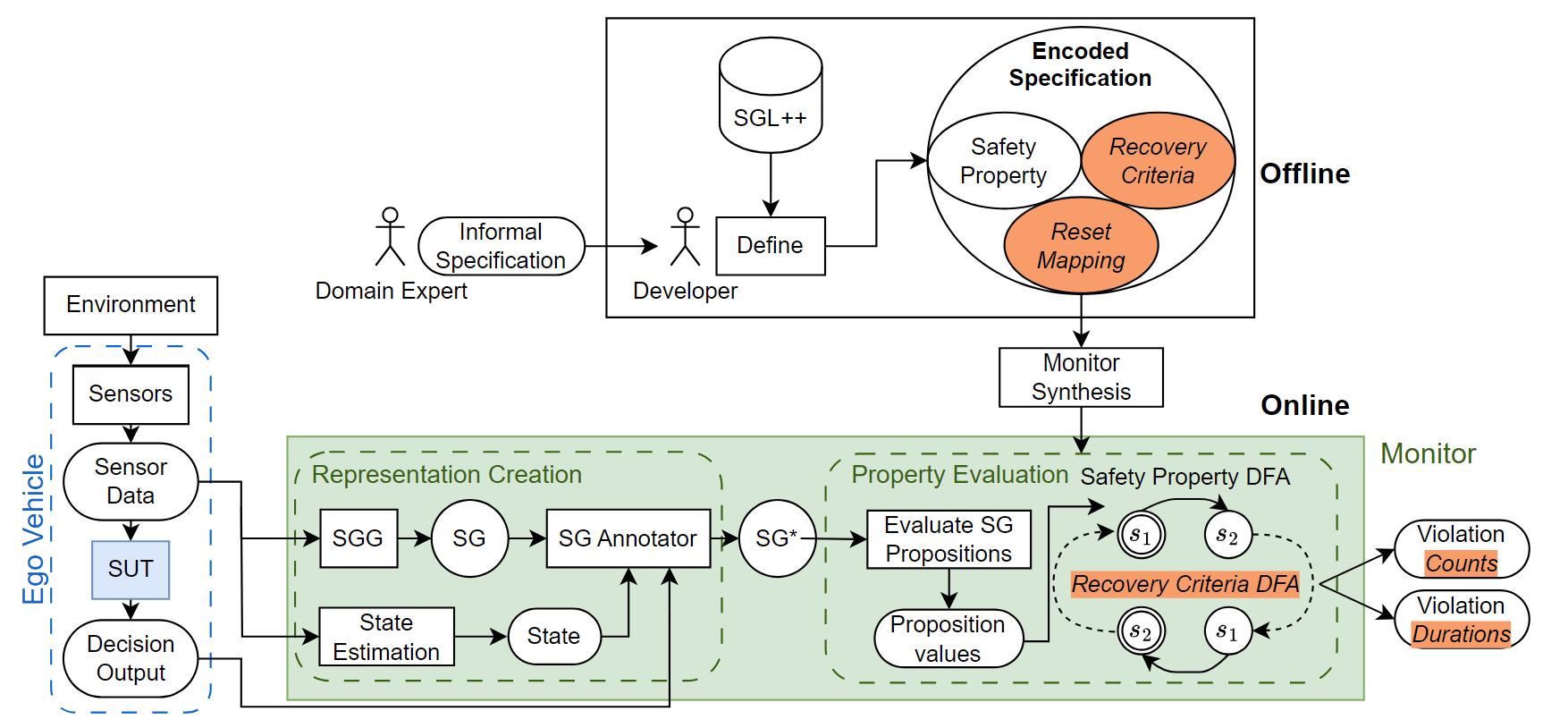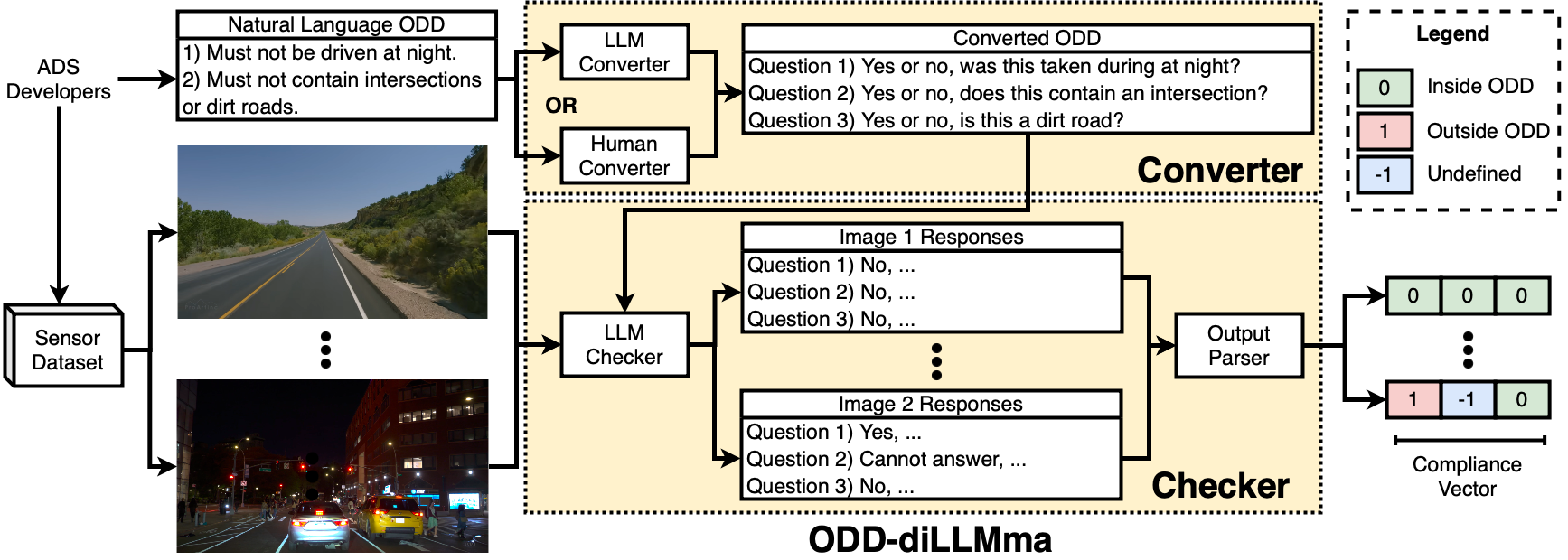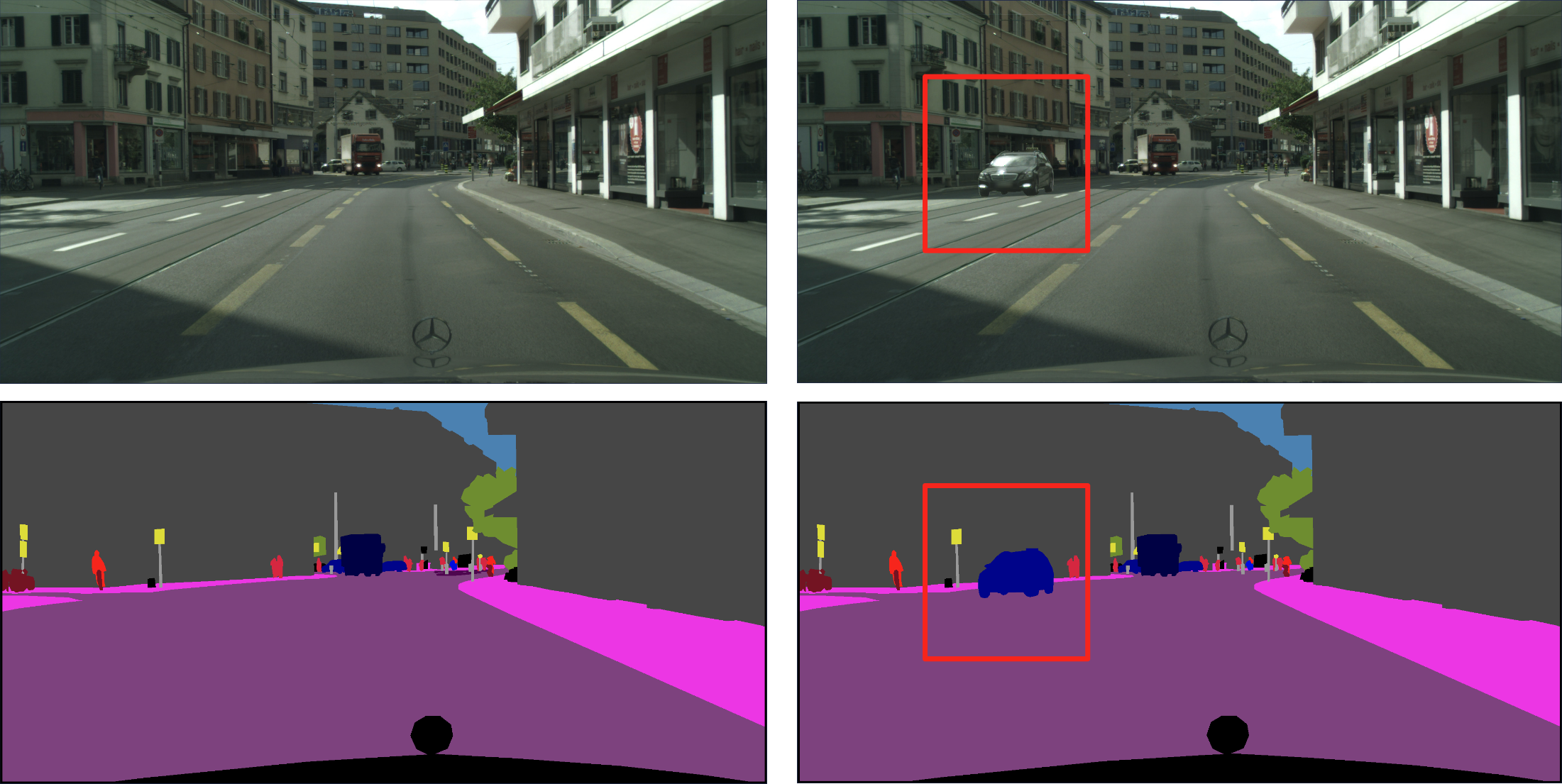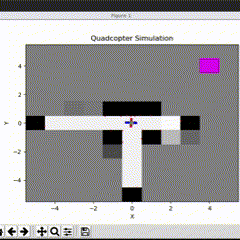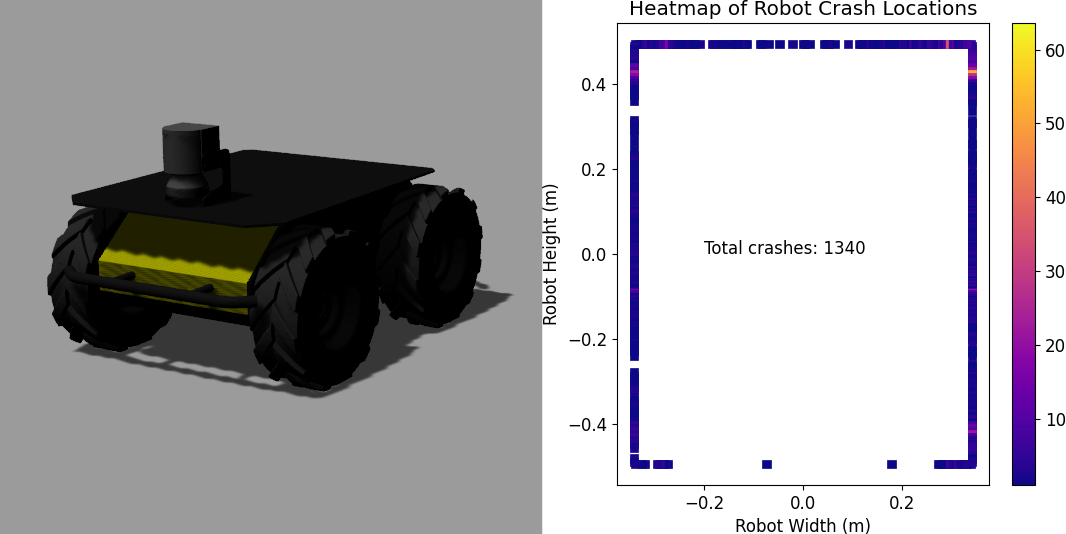T4PC: Training Deep Neural Networks for Property Conformance
Published in IEEE Transactions on Software Engineering, 2025
The increasing integration of Deep Neural Networks (DNNs) into safety critical systems, such as Autonomous Vehicles (AVs), where failures can lead to significant consequences, has fostered the development of many Verification and Validation (V&V) techniques. However, these techniques are applied mainly after the DNN training process is complete. This delayed application of V&V techniques means that property violations found require restarting the expensive training process, and that V&V techniques struggle in pursuit of checking increasingly large and sophisticated DNNs. To address this issue, we propose T4PC, a framework to increase property conformance during DNN training. Increasing property conformance is achieved by enriching: 1) the data preparation phase to account for properties’ pre and postcondition satisfaction, and 2) the training phase to account for the property satisfaction by incorporating a new property loss term that is integrated with the main loss. Our family of controlled experiments targeting a navigation DNN show that T4PC can effectively train it for conformance to single and multiple properties, and can also fine-tune for conformance an existing navigation DNN originally trained for accuracy. Our case study in simulation applying T4PC to fine-tune two open source AV systems operating in the CARLA simulator shows that it can reduce targeted driving violations while retaining its original driving capabilities.
Recommended citation: Copy BibTeX
Toledo, Felipe, Trey Woodlief, Sebastian Elbaum, and Matthew B. Dwyer. "T4PC: Training Deep Neural Networks for Property Conformance." IEEE Transactions on Software Engineering (2025).
